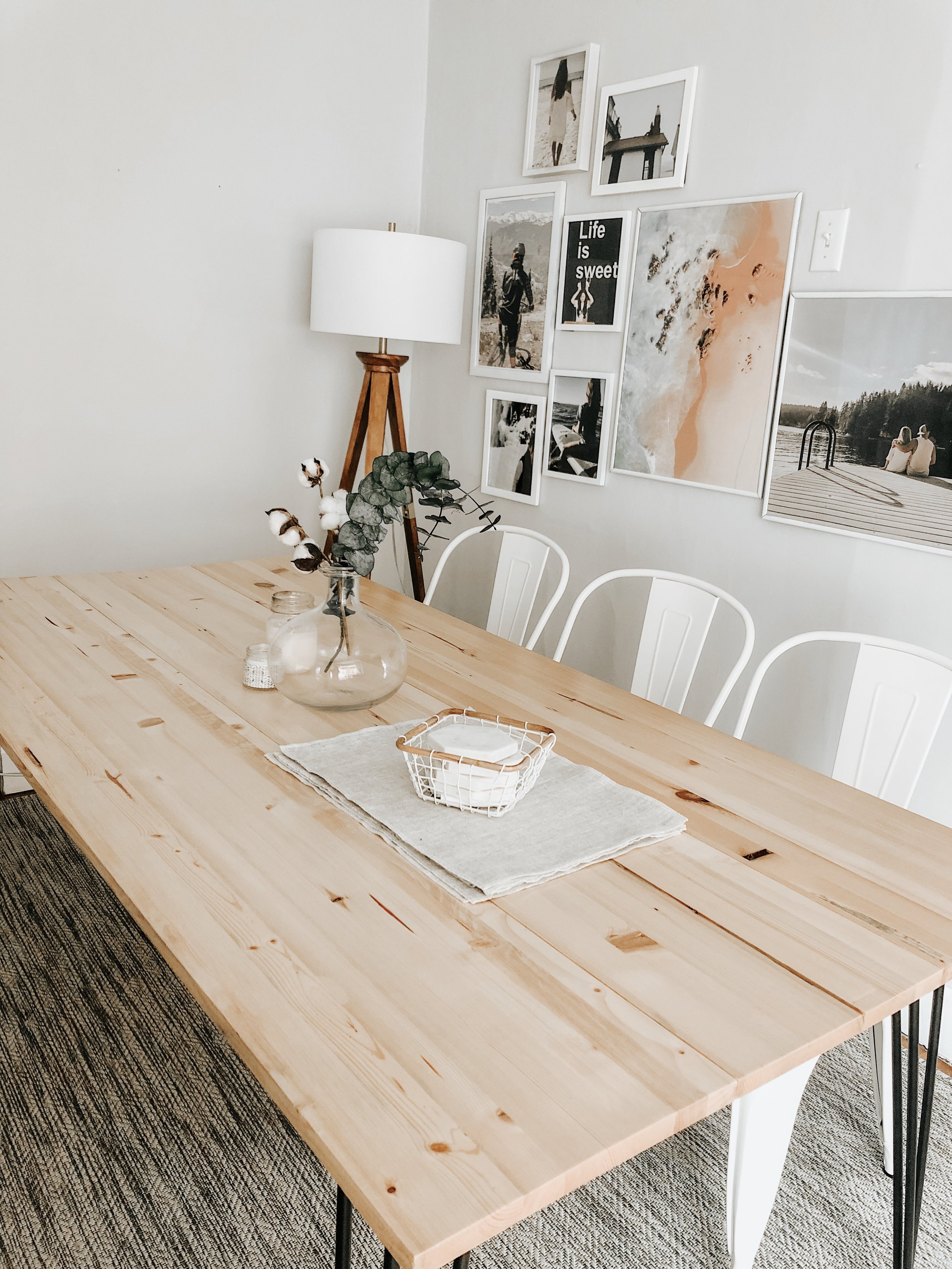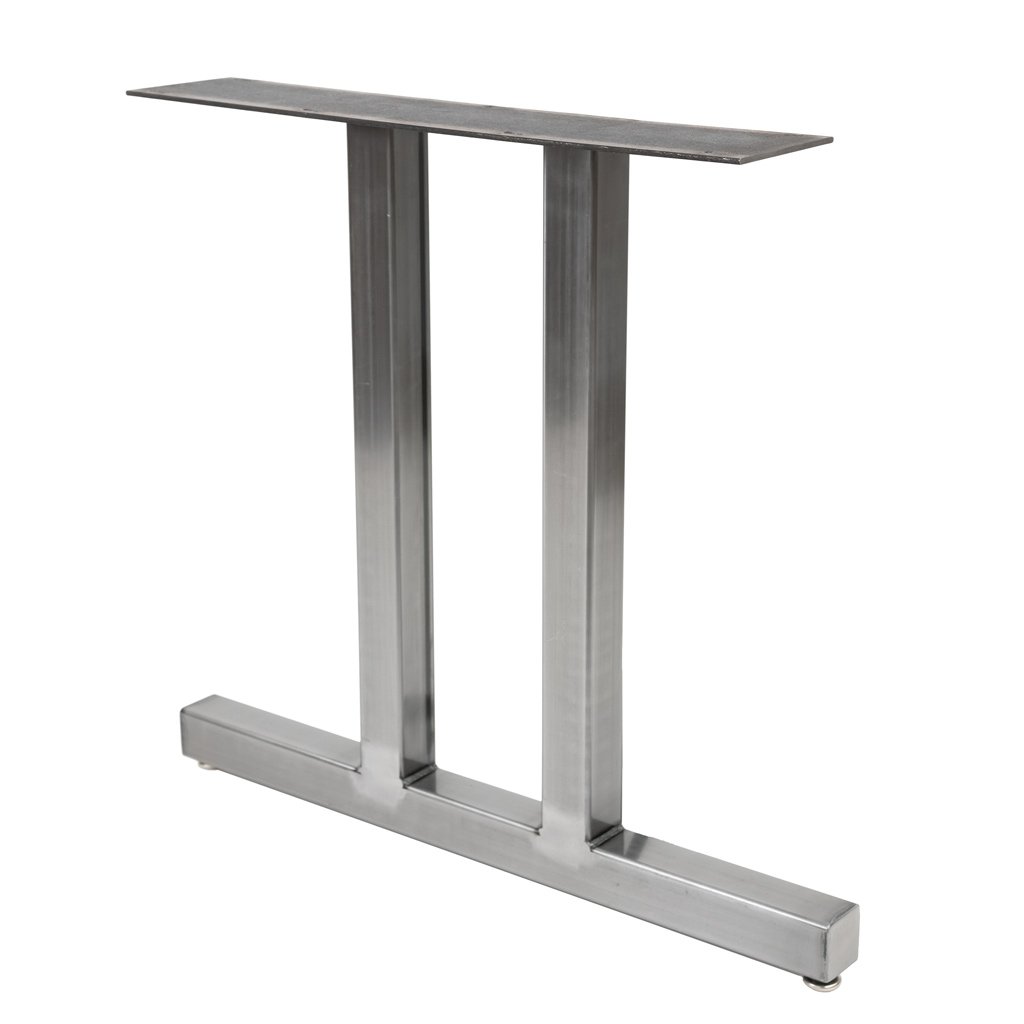Why Custom Dining Room Table Legs Are Worth the Investment
Why Custom Dining Room Table Legs Are Worth the Investment
Blog Article
Exactly How to Pick the Perfect Eating Room Table Legs for Your Home Design
Picking the perfect dining area table legs is a nuanced procedure that requires careful consideration of different components, including your room constraints, aesthetic preferences, and functional demands. The interaction between designs, measurements, and products can considerably influence the atmosphere of your dining area, making it important to approach this choice carefully. As you ponder the myriad alternatives readily available, it becomes clear that the right choice extends past plain look; it can boost your total eating experience. What aspects should you focus on to ensure your choice matches your home's distinct character?
Assess Your Dining Space
Assessing your eating space is crucial for picking the right table legs that match both visual appeals and functionality. Begin by gauging the dimensions of your eating area, consisting of ceiling height, flooring area, and closeness to other furnishings. This info will assist determine the ideal size and elevation of your table, which straight influences the option of table legs.
Next, think about the design and design of your dining room. For example, an open-concept style might benefit from table legs that provide aesthetic agility, such as slender metal or acrylic alternatives. Conversely, a much more standard setup might call for strong wood legs that provide a sense of permanence.
Examine the existing shade scheme and materials in your dining area. Balancing the table legs with these aspects develops a natural appearance that boosts the overall design. Furthermore, think of the capability called for in your room. If you often hold big events, consider legs that offer added assistance and security.
Eventually, a detailed analysis of your eating area will guide you in making an educated choice, making sure that your table legs not just enhance the visual allure yet likewise serve practical objectives.
Consider Your Design Preferences
When selecting dining room table legs, it is important to mirror on your individual style choices, as they substantially influence the overall visual of your dining room. Your option of table legs can either complement or comparison with existing design, making it important to straighten them with your favored interior decoration style.
If your home leans in the direction of a contemporary aesthetic, take into consideration smooth metal or minimal wooden legs that give a clean, minimalist look. For a more standard method, luxuriant wooden legs with detailed carvings can include a touch of sophistication and sophistication. Industrial designs take advantage of durable, resources such as recovered timber and metal mixes, reflecting a sturdy charm.
In addition, farmhouse and rustic styles commonly favor strong, beefy legs that evoke a feeling of warmth and comfort. Alternatively, if your decoration is diverse, you might select unusual shapes or a mix of products to develop visual rate of interest.

Evaluate Product Options
The selection of product for dining room table legs plays a critical function in both durability and aesthetic charm. Typical products consist of timber, steel, and composite alternatives, each offering distinctive characteristics that can influence the overall look and durability of your table.
Wood is a traditional option, understood for its heat and convenience. Woods like oak and walnut give exceptional strength and can be finished in various stains to match any decor. Softwoods like yearn are much more prone to dents and scrapes, making them much less suitable for high-traffic locations.
Metal legs, frequently crafted from steel or aluminum, exude modernity and commercial beauty. They are resistant and very long lasting to use, making them suitable for family members with youngsters or regular gatherings (dining room table legs). Additionally, steel can be completed in various shades, improving the customization opportunities
Composite products, such as MDF or laminate, offer price and diverse designs. While commonly much less resilient than strong timber or metal, they can still give an elegant appearance and are usually simple to maintain.
Inevitably, the material you pick ought to straighten with your way of life, aesthetic choices, and the level of usage your dining table will certainly experience.
Determine Height and Dimension
Selecting the proper height and dimension for your dining-room table is essential for both capability and comfort. The common height for eating tables generally ranges from 28 to 30 inches, enabling adequate legroom for the majority of people when seated. Nonetheless, it is important to think about the dimensions of your dining room and the types of chairs you plan to utilize.

Moreover, take into consideration the percentages of your dining area. A larger table in a roomy location over here can produce a grand setting, while a smaller sized table functions well in even more intimate setups. Inevitably, the appropriate elevation and dimension will certainly integrate with your total style and boost the eating experience for you and your visitors.
Explore Modification Opportunities

Additionally, the layout of the legs can be tailored to fit different designs, such as rustic, modern-day, or industrial. For instance, conical legs can evoke a mid-century modern-day feel, while chunky, block-style legs might resonate with typical or farmhouse decoration.
House owners can also discover color coatings, from natural timber stains to repaint, allowing them to match or contrast with the tabletop and surrounding decoration.
In addition, leg height can be readjusted to fit specific seating plans or individual preferences, boosting both comfort and capability.
Lastly, one-of-a-kind embellishments, such as makings or decorative brackets, can better personalize the table legs, making the eating experience not simply a meal however a statement piece in the home. By taking into consideration these customization choices, home owners can create a dining-room table that truly shows their originality.
Conclusion
Selecting the suitable dining-room table legs needs mindful factor to consider of various elements, consisting of the measurements of the eating space, style preferences, product longevity, and desired height. Personalization choices better boost the ability to achieve a cohesive aesthetic that matches the general style. By methodically reviewing these elements, homeowners can guarantee that the selected table legs not just satisfy practical demands however likewise add positively to the dining experience and atmosphere of the home.
Choosing the suitable eating space table legs is a nuanced process that needs cautious consideration of various elements, including your space constraints, visual choices, and sensible demands.Examining your eating area is important for selecting the right table legs that complement both visual appeals and functionality.When determining size, gauge the location where the table will be placed to guarantee it fits pleasantly, enabling for at least 36 inches of clearance around the table for easy activity. A bigger table in a roomy area can develop a grand setting, while a smaller table works well in even more intimate settings.Selecting the ideal eating space table legs requires mindful consideration of various variables, including the this website dimensions of the eating space, design choices, material longevity, and preferred height.
Report this page